On the origin of the sweet-smelling Parma violet cultivars
denisd_31
16 years ago
Related Stories
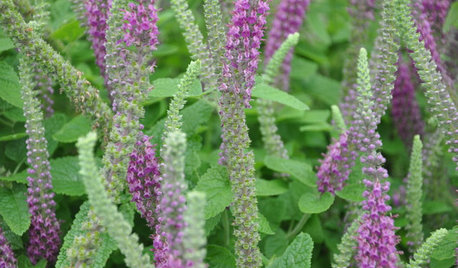
FEEL-GOOD HOME9 Smells You Actually Want in Your Home
Boost memory, enhance sleep, lower anxiety ... these scents do way more than just smell good
Full Story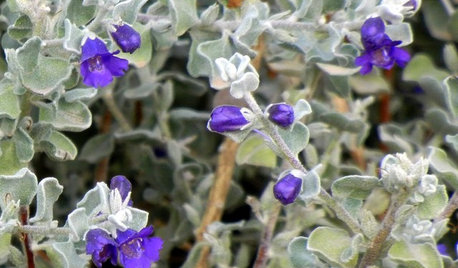
GARDENING GUIDESGreat Design Plant: Violet Silverleaf Thrives on Scant Water
Purple flowers transform silvery, sun-loving Leucophyllum candidum, while its easy care may change your gardening routine
Full Story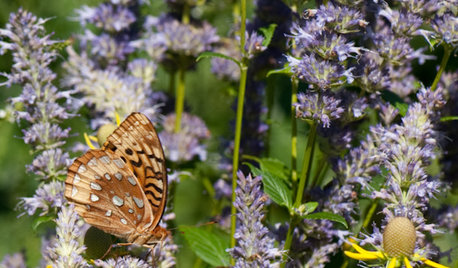
GARDENING GUIDESGreat Design Plant: Anise Hyssop Delights Licorice Lovers
With its distinct scent and flower spikes, drought-tolerant Agastache foeniculum stirs interest among humans and winged creatures alike
Full Story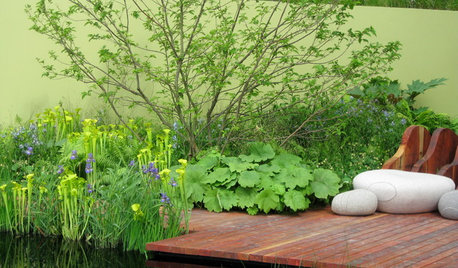
GARDENING GUIDES20 Ways to Create a Chartreuse Splash in the Landscape
Use this hot garden color for plantings, paint and accessories to create a cool outdoor vibe
Full Story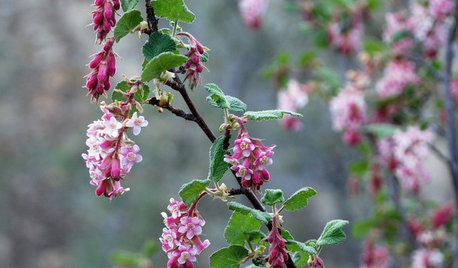
GARDENING GUIDESGreat Design Plant: Ribes Malvaceum
Plant pink chaparral currant for graceful winter tassels and an excuse to make black currant tarts
Full Story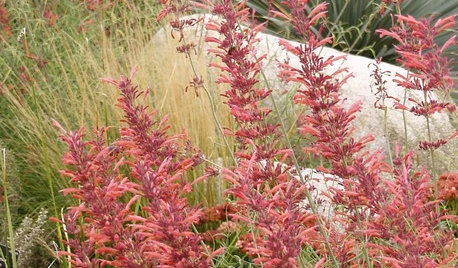
FLOWERS AND PLANTSAgastache Rupestris, a Heat-Loving Hummingbird Magnet
Threadleaf giant hyssop adds color and fragrance to late-summer and fall xeric gardens
Full Story
SPRING GARDENINGTop 10 Scented Plants for Your Garden
A palette of perfumed plants can transform even the smallest of gardens into a sensory delight
Full Story
GARDENING GUIDES6 Plants That Beat Butterfly Bush for the Wildlife Draw
It's invasive, a nonnative and a poor insect magnet. Check out these better alternatives to butterfly bush in the garden
Full Story
GARDENING GUIDESGreat Design Plant: Ceanothus Pleases With Nectar and Fragrant Blooms
West Coast natives: The blue flowers of drought-tolerant ceanothus draw the eye and help support local wildlife too
Full Story
GARDENING GUIDES20 Favorite Flowers for Butterflies and Bouquets
Discover perennials and annuals that do double duty as butterfly magnets and versatile cut flowers
Full Story





stefanb8
etii
Related Professionals
Beavercreek Landscape Architects & Landscape Designers · Glendora Landscape Architects & Landscape Designers · Hyattsville Landscape Architects & Landscape Designers · Kenmore Landscape Architects & Landscape Designers · Prairie Ridge Landscape Architects & Landscape Designers · Bound Brook Landscape Contractors · Eagle Landscape Contractors · El Reno Landscape Contractors · Hoffman Estates Landscape Contractors · Lantana Landscape Contractors · San Bruno Landscape Contractors · Streamwood Landscape Contractors · Waipahu Landscape Contractors · Wentzville Landscape Contractors · Silver Firs Landscape Contractorsnathalie
etii
stefanb8
stefanb8
sequoias
etii